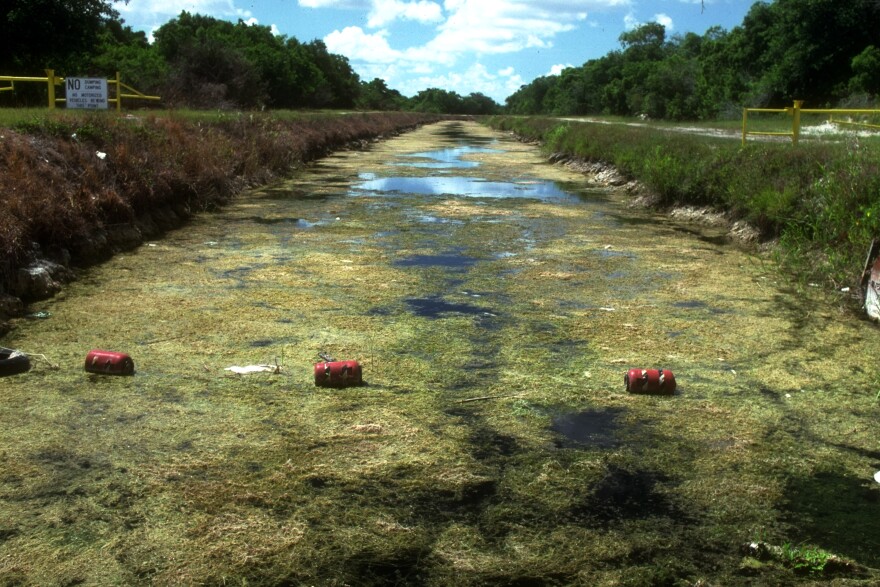Conservationists at the state and federal levels have teamed up to combat the spread of a “noxious weed” taking root in the Connecticut River and its tributaries.
That weed is hydrilla, “an aggressive plant species that has wreaked havoc from Asia to every continent except Antarctica,” according to the U.S. Army Corps of Engineers. The agency is working with the Connecticut Agricultural Experiment Station and conservation groups to track and remediate the threat the plant poses to wildlife and recreation on the state’s waterways.
The plant can render bodies of water unnavigable, choke out native flora, and poses a toxic threat to wildlife, including birds of prey.
“Connecticut’s the ground zero” for hydrilla in the Connecticut River system, according to Gregory Bugbee, an invasive aquatic plant expert with the state’s Department of Environmental Science and Forestry.
“There’s about 1,000 acres in the river system right now, in the marinas, in coves, in tributaries, in many cases basically engulfing entire coves and tributaries so it’s basically impassable,” Bugbee said, noting the intruder had also reached parts of the river in southern Massachusetts.
Researchers have begun releasing a red dye in parts of the river system, including Keeney Cove in East Hartford and the Chester Boat Basin in Chester, in an attempt to track the spread of the weed and devise a plan for eradicating it which may involve introducing an herbicide into the river.
State Rep. Christine Palm, a Chester Democrat who serves as vice chair of the General Assembly’s Environment Committee, said that states with hydrilla problems, like Florida, can spend millions of dollars a year fighting it. Its impact on waterways can wreak havoc on recreation and tourism, she added.
“Even if there were no economic impact, we are charged with protecting the earth that we share, and this is something that is starting to creep ever inward to rivers, to lakes, to ponds,” Palm said.
Democratic Sen. Richard Blumenthal, Connecticut’s senior U.S. senator, pledged to pursue significant federal funding for hydrilla remediation. He said he’s seeking upwards of $25 million annually, an increase from $6 million already appropriated for the work.
“This stuff is a clear and present danger,” Blumenthal said. “More than just a science fiction fantasy, it poses real-life dangers to Connecticut ecology, economics, and environmental quality.”
According to the U.S. Geological Survey, invasive hydrilla was first imported to the United States in the 1950s for use in aquariums, and was subsequently discarded into waterways in Florida. The USGS says the plant is established in 28 states, as well as Guam, Puerto Rico, and the District of Columbia.





